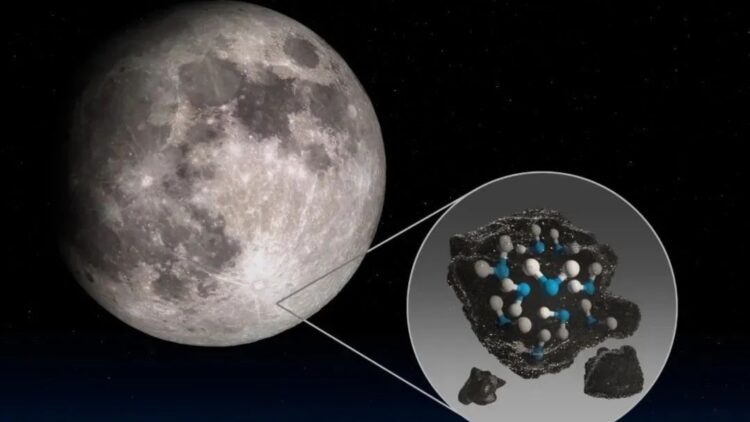As global energy needs continue to rise to the challenge, terrestrial assets are under tremendous strain. But one unconventional solution could be out of this world or somewhat out of this atmosphere. Having already established itself as a significant player in space exploration, China now has its eyes on helium-3 on the Moon, an isotope that could change the world’s energy map.
This is how China intends to overcome the difficulties of acquiring this scarce commodity and the revolutionary technology that it proposes to employ to deliver it back to planet Earth.
Understanding the value of helium-3: clean energy potential and abundance
The helium-3 isotope, locally rare on the planet, has the prospect of generating clean energy. This material is abundant on the Moon and is very valuable due to its usage in nuclear fusion—a method of producing energy in ample quantities that doesn’t involve the extreme waste production characteristic of nuclear fission.
The proposal to use helium-3 to fuse with deuterium—a form of hydrogen—is not hazardous because their fusion yields only helium gas; no radioactive byproducts are created. Scientists believe that the quantity of helium-3 on the Moon is enough to power the world for over a millennium.
Since helium-3 must be extracted and transported back to Earth, China has devised a unique idea to have a magnetic launcher constructed on the lunar surface. This futuristic project, based on the physics of throwing a hammer, would work with the help of the solar and nuclear-rotating arm.
Intended for low expenses, this system would recycle most of the energy needed for each launch. According to Chinese specialists, in the absence of gravity and atmosphere on the Moon, the launcher may cut current space transportation costs to 10% of the current level, which makes the extraction of helium-3 profitable.
This ambitious project aligns with China’s long-term moon mission and will likely yield humongous profits in the same year it will be constructed.
Navigating obstacles: technological and environmental challenges ahead
On the bright side, the advantages of this venture are pretty encouraging, but on the flip side, the challenges are the same. Magnetic launchers cannot be used ordinarily on the surface of the Moon due to the severe conditions there. The 50-plus meter tall rotating arm must be accurate to achieve the Moon’s escape velocity within ten minutes of launch.
In addition, it has to be built to last in the lunar environment, dust, radiation, and temperature, which are all unforgiving to machinery. Chinese engineering teams are studying how these challenges, such as developing radiation-proof materials and robust stability systems, can be overcome to make this vision possible by 2045.
Another critical factor that defines the project is the element of cooperation. China is studying the opportunity to cooperate with Russia to create a research station in the Moon’s South Pole region by 2035, which will cost $18 billion.
This partnership proves that space research is best done through collaboration between countries, and both nations appreciate helium-3 as a clean energy source in the future.
The future of energy: global implications of helium-3 extraction
If successful, China’s helium-3 initiative would revolutionize the global energy market. When the world gets its hands on an energy source such as helium-3, the use of fossil fuels and other less renewable resources will drastically reduce.
From an economic perspective, it would be pretty beneficial to have a source of energy that does not emit carbon and has no possibility of creating long-term radioactive waste, considering that the world is moving towards environmentally friendly energy sources.
However, China’s venture could also trigger a space race by other countries that want to exploit space resources. Some analysts predict that states may be racing for territories on the Moon that contain helium-3 resources, which may lead to demands for space mining laws.
The geopolitical processes associated with this business are already in progress: countries are trying to protect their interests in the further development of lunar exploration. China’s lunar helium-3 project is one of the most significant achievements of China’s space exploration and energy development.
By concentrating on the extraction and transportation of helium-3, China is putting itself among the leaders of a new energy revolution based on space exploration progress.
The world of the next several decades will show whether people will be able to unleash the potential of this rare lunar isotope and whether countries will be able to collaborate and build a harmonious, effective, peaceful, and prosperous world.

